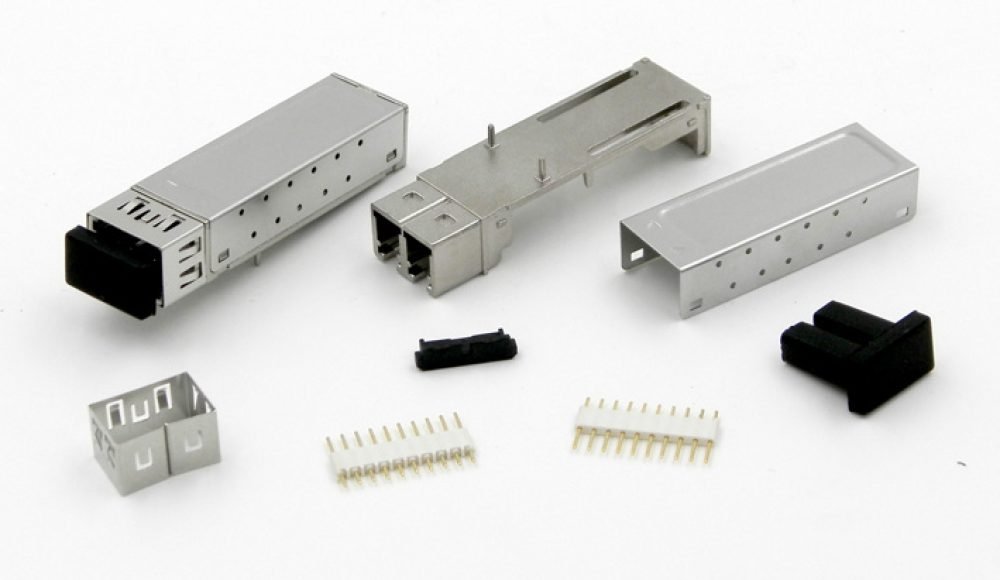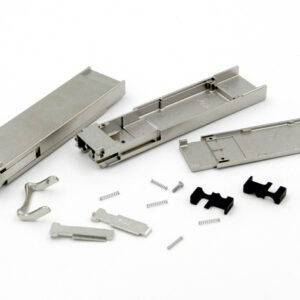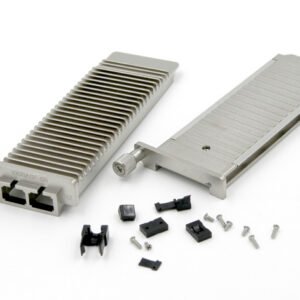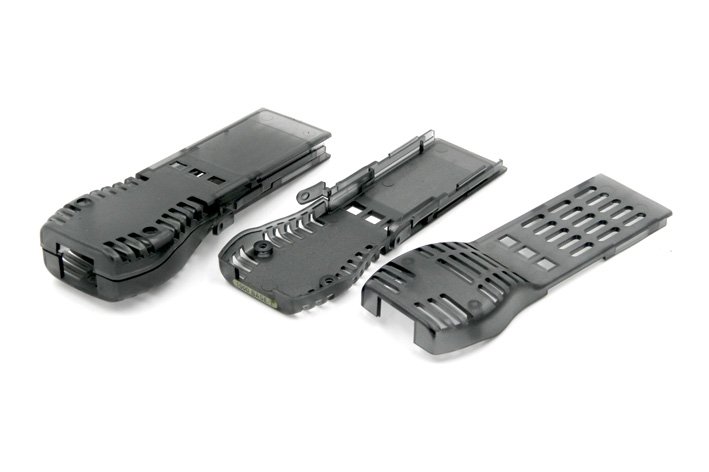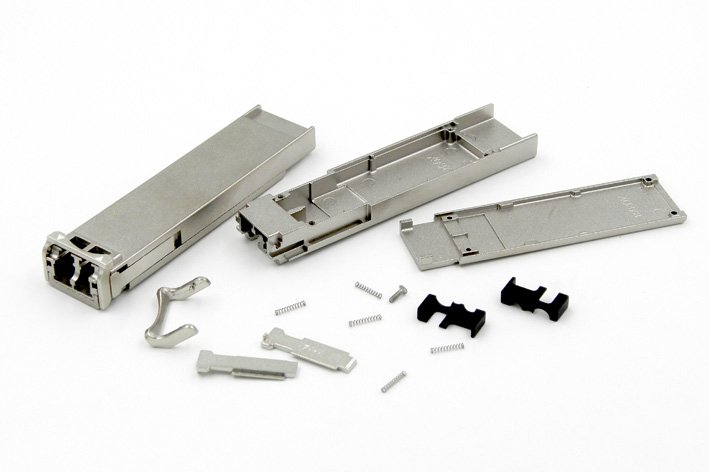Introduction to Optical Transceiver Housing
Optical transceiver housing is essential components in the realm of network communication, serving as protective shells that safeguard the delicate internal mechanisms of optical transceivers. These casings have been carefully designed to ensure optimal performance and lifespan of the transceiver. It can protect optical and electronic devices from physical damage, electromagnetic interference, and environmental hazards. Understanding the elements that comprise these housings provides valuable insight into their indispensable role in enhancing network reliability and efficiency.
The primary structure of an optical transceiver housing typically includes a robust outer shell made from high-grade materials such as stainless steel, aluminum, or specialized plastics. These materials are chosen for their durability, thermal conductivity, and ability to provide a stable operating environment. Internally, the housing is compartmentalized to accommodate the transceiver’s core components, including lasers, detectors, and electronic circuitry. Each section is precision-engineered to facilitate efficient heat dissipation and mechanical stability, preventing component failures due to thermal or vibrational stress.
Types
Optical transceiver housings come in various types, tailored to specific applications. For instance, single-mode optical transceivers, designed for long-distance data transmission, often require housings with precise alignment features to maintain signal integrity over extended ranges. In contrast, multi-mode optical transceivers, suitable for shorter distances, are housed in structures optimized for cost-effective and efficient mass deployment. Each type has unique advantages. For example, improved signal quality and reduced maintenance requirements make it suitable for various network environments.
The evolution of optical transceiver housings has been marked by significant advancements. Early designs were rudimentary and limited in functionality, primarily offering basic protection. Modern housings, however, incorporate advanced materials and engineering techniques, resulting in highly reliable, compact, and multifunctional enclosures. Innovations such as hermetic sealing, advanced thermal management, and miniaturization have been pivotal in enhancing the performance and adaptability of optical transceivers, meeting the increasing demands of modern communication networks.
This foundational understanding of optical transceiver housings underscores their critical importance in the broader context of network infrastructure. As we delve deeper into specific applications and advantages in subsequent sections. This knowledge will serve as a baseline for appreciating the intricate technology that underpins our interconnected world.
Applications of Optical Transceiver Housing
Optical transceiver housings play a critical role across diverse industries, including telecommunications, data centers, and enterprise networks. In telecommunications, these housings are essential for maintaining high-speed internet connectivity and reliable communication links. By safeguarding transceivers, they ensure optimal signal integrity, which is vital for uninterrupted service and enhanced network performance. In data centers, where the volume of transmitted data is immense, optical transceiver housings preserve signal quality by mitigating electromagnetic interference and protecting against environmental factors such as dust and moisture. This protection is crucial for the seamless operation of backbone network links and fiber optic communication systems.
Benefits
One of the foremost advantages of optical transceiver housings is their ability to enhance performance. They achieve this by maintaining a stable environment for transceivers, thereby preventing signal degradation and ensuring efficient data transmission. The protective function of these casings extends the lifespan of the transceiver. This reduces the frequency of replacement and lowers maintenance costs. Moreover, the durability provided by these housings minimizes network downtime, a key consideration for enterprises reliant on continuous connectivity.
Summary
Beyond current applications, innovations in optical transceiver housings are on the horizon. Development trends include the integration of advanced cooling systems to manage the heat generated by high-speed data transmission. Some shell designs have intelligent monitoring capabilities that allow for real-time diagnosis and performance analysis. These advancements not only promise to improve the reliability and efficiency of optical transceivers but also contribute to the scalability and adaptability of network infrastructures. These trends indicate a future where optical transceiver housings will not only provide physical protection but also play a proactive role in network management and optimization.
We sincerely hope to cooperate with you to build our future together!

